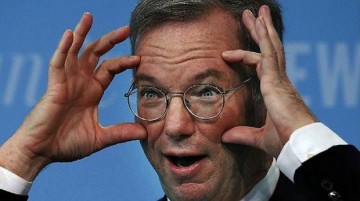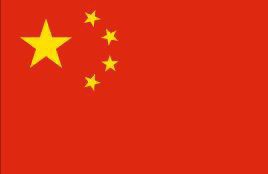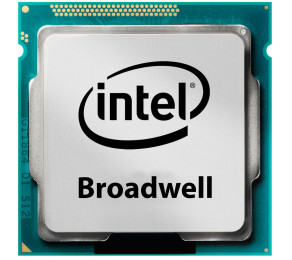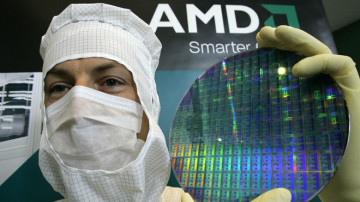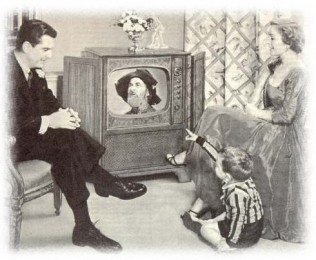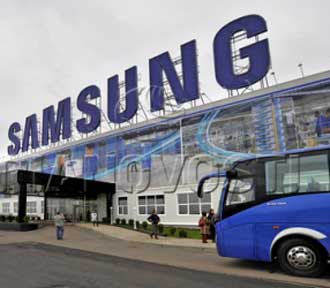 Samsung Electronics has announced that it will start trading the Chinese currency directly with the South Korean won.
Samsung Electronics has announced that it will start trading the Chinese currency directly with the South Korean won.
The news came as the South Korean government announced that it hoped to sign a final free trade agreement with China within the first half of the year, in a further sign of strengthening relations between the countries.
South Korea is the third country in the world to begin direct trading of the yuan for a local currency in December under the aim of grabbing a larger share of the growing business opportunities involving the yuan outside China.
With a big player like Samsung taking part, the thought is that other big companies will join in.
Samsung said in a statement it was “looking into starting won-yuan direct trading”. It did not elaborate, but traders said such a move would be a big boost for the market, which until now has been in operation led by banks.
“The fact that there’s real demand and supply for commercial purposes carries a big significance even though the amount is small,” said one currency dealer at a local bank.
South Korea has been encouraging companies trading with China to settle transactions with the yuan or the won instead of the US dollar, but actual use of the local currencies in trade deals remains very low.
Samsung uses the currency market to settle direct transactions between its headquarters and its foreign subsidiaries, and it is not clear how much influence it can make on the market on its own.


